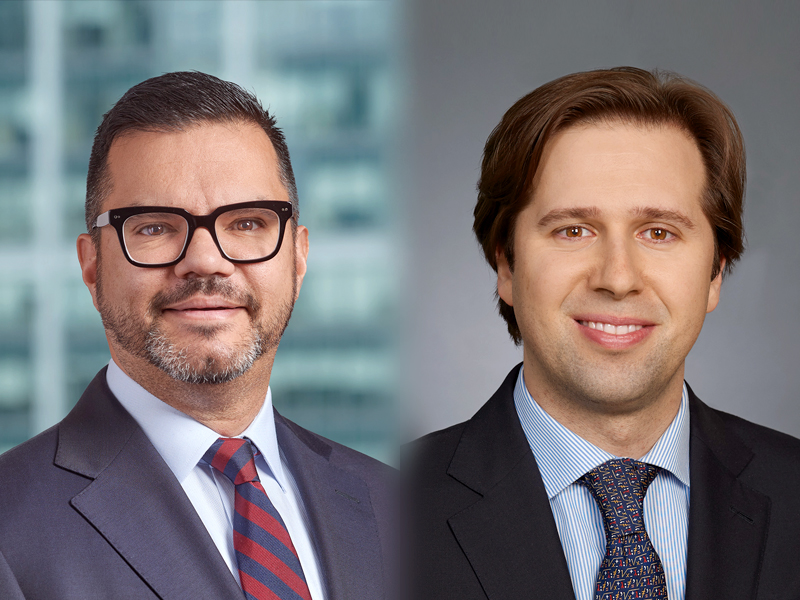
While it’s easy to get into the weeds of inflation in the current economic environment, the fundamental question for DC plan sponsors and their members is its impact on a traditional 60/40 multi-asset class investment portfolio.
“In normal times, that diversification benefit that we know and love in a multi-asset class portfolio, where stocks do well in periods of growth and bonds protect in periods of stress, inflation bombs that entire correlation,” said Ilan Kolet (pictured, left), institutional portfolio manager at Fidelity Investments Inc., during Benefits Canada‘s 2021 DC Plan Summit, discussing a recent research paper. “That’s why we think it’s important to protect against it.”
The composition of inflation has evolved very meaningfully over the past few decades, he said, noting the concern about inflation is that it’s been under two per cent for the last 25 years, so the current change is what’s really important.
Read: Central bankers downplaying long-term inflation risk: paper
Indeed, Bruno Weinberg Crocco (pictured, right), portfolio manager at Fidelity Investments, advised delegates how to position a multi-asset portfolio to take advantage of inflation “surprises,” which he defined as an acceleration of the inflation rate.
“The asset classes that tend to do best in times of inflation are those linked to commodities. And that’s for a couple of reasons,” he said. “One: commodities are generally fairly correlated with this inflation surprises. But then, two: commodities are pretty capital efficient in the sense that they are volatile. And so a small allocation goes a long way in the sense of mitigating inflation risk.”
Weinberg Crocco also contrasted the exposure of commodities to other asset classes, like nominal bonds. “Those tend to be the worst kinds of investments in periods of inflation. Equities are in the middle. Things like energy and materials tend to do a little bit better and things like discretionary don’t do as well.”
He suggested investors put together a variety of these positions for a “cleaner expression into inflation,” which would result in lower individual risks. “When we try to position our portfolios, we always try to keep in mind that there’s different ways of getting inflation protection and therefore you should try to use some complementary with respect to that.”
Read: DC pension plan members want to take risks, but lack knowledge
Layering on knowledge about lifestyle investing and considering the biggest risks that DC plan members are facing along different stages of that lifecycle, Weinberg Crocco started by outlining a younger demographic who are just starting their working lives. “They have a lot of what we call human capital — the present value of all the salaries they’re going to earn during their entire career. And when they’re young and they haven’t started to work, this present value is highest. Conversely, they generally don’t have too much in terms of financial assets.”
As human capital and wages rise over time in real terms, younger investors have some inflation protection built in, he said. “They get an opportunity to have higher allocations to equities and benefit from the higher expected returns that we believe the asset class can give over the long run.”
However, as people begin to approach retirement — and as the value of their human capital begins to decrease — the value of their financial assets increase and so the risk of inflationary environments in their lifecycle begins to rise, said Weinberg Crocco. “Ultimately, once they hit retirement, they’re going to consume their investments and want to produce income from these investments and consuming in real terms. Then the inflationary risk starts to increase and that’s where we start to add things like real return bonds to the strategic allocation.”
And finally, with this investor well into retirement, they’ll require the most diversification, he noted. “When you’re deep into your retirement, you don’t have too much human capital left, your assets have also been depleted somewhat and so you really depend on the stability of your portfolio. As you can see, strategically, we like to hold the most diversified portfolio at that point and protect against inflation, but then all the other regimes that we’ve seen before.”
Read more coverage from the 2021 DC Plan Summit.
